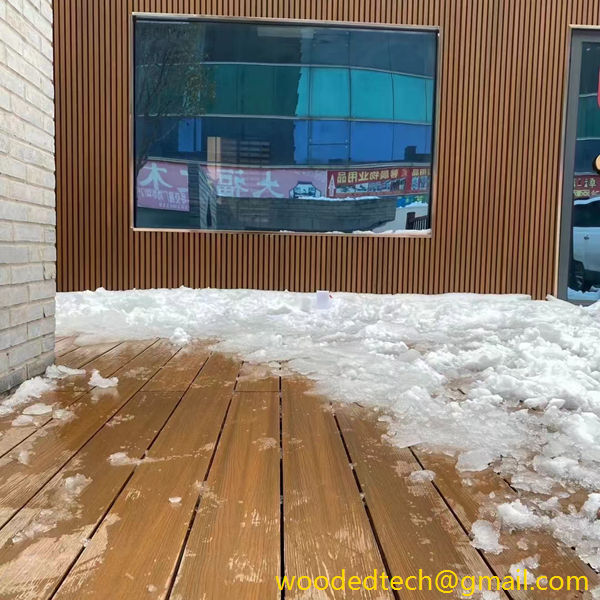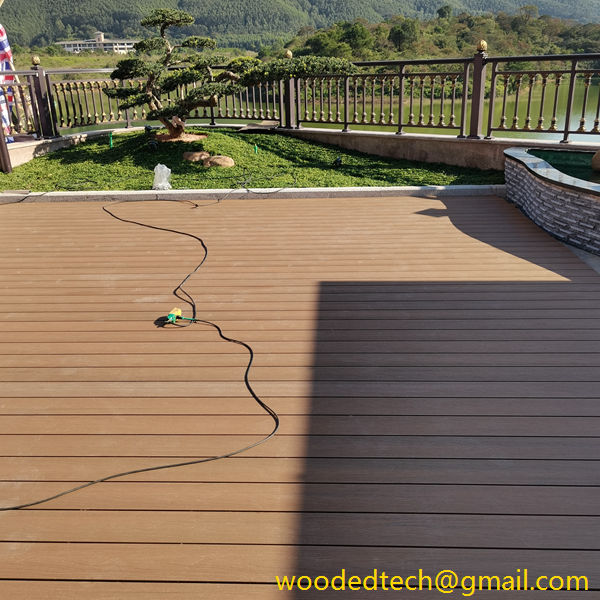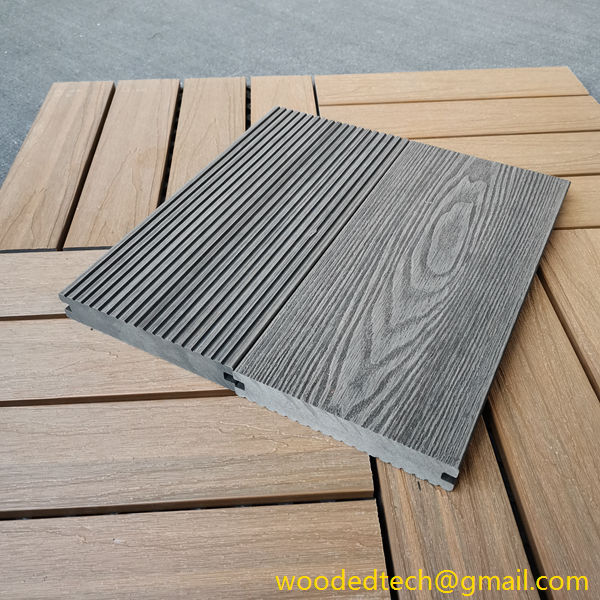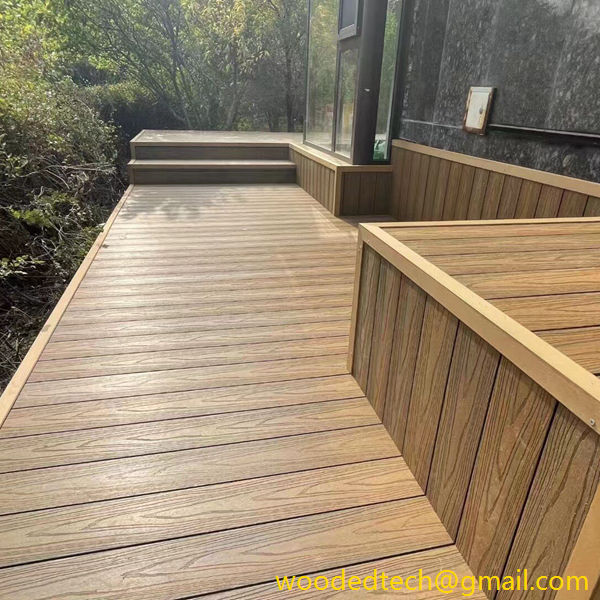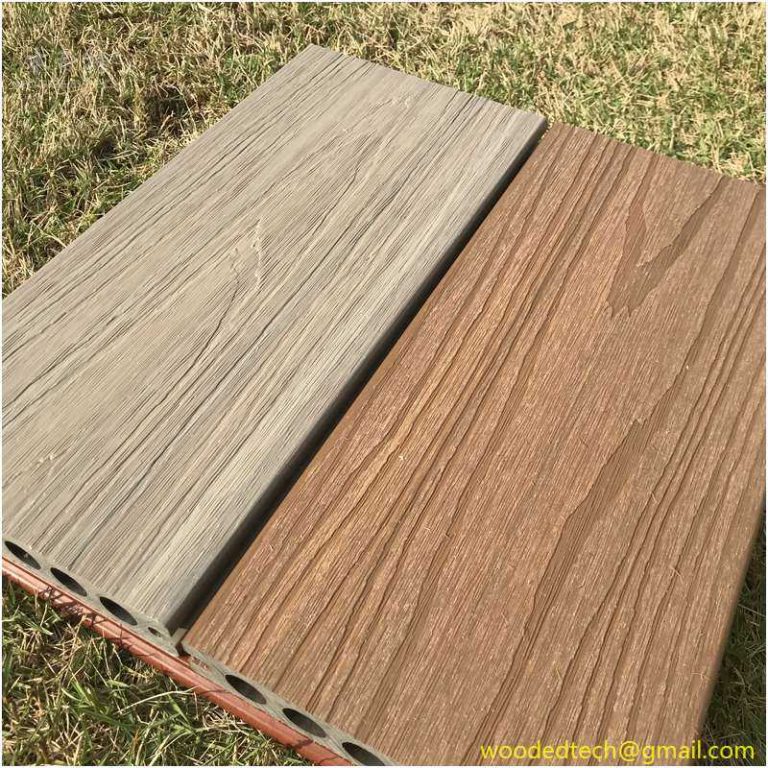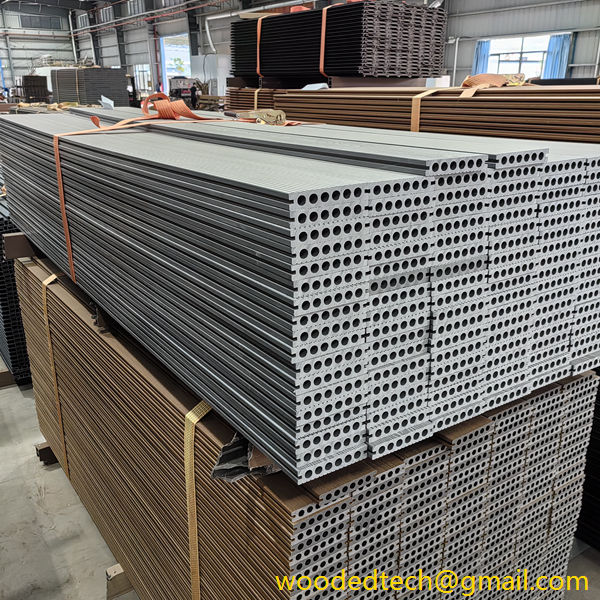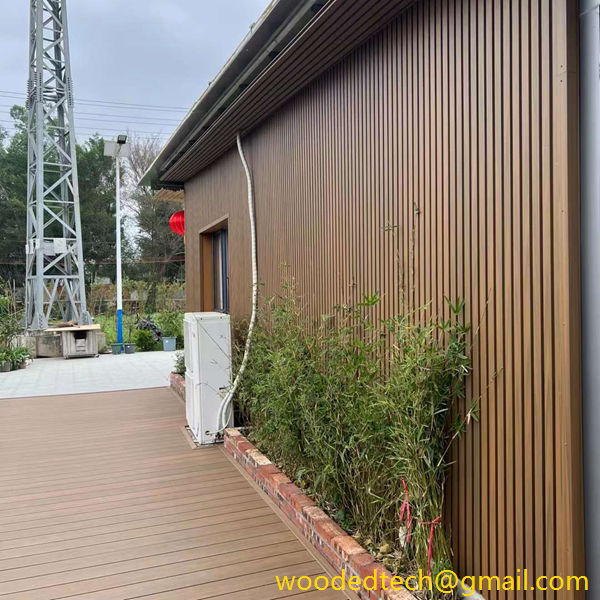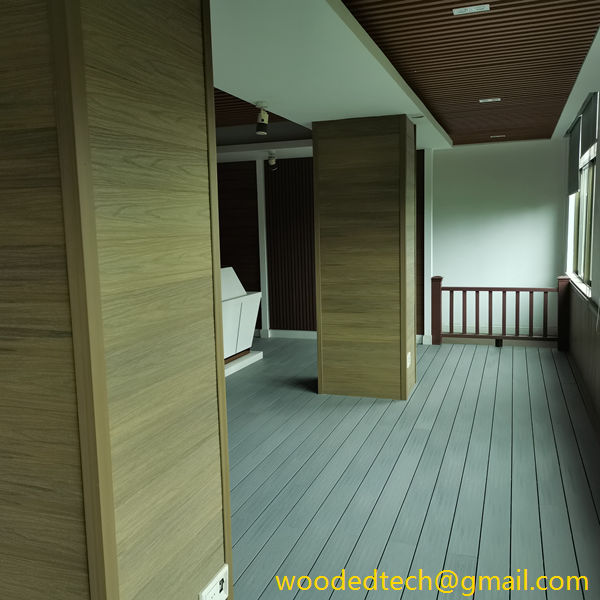Garden Decking Composite Board: Durable Garden Decking Composite Boards for Beautiful Outdoor Spaces
Garden Decking Composite Board: Durable Garden Decking Composite Boards for Beautiful Outdoor Spaces In recent years, the popularity of garden decking composite boards has surged, driven by the growing demand for aesthetically pleasing and functional outdoor spaces. These boards, made from a blend of wood fibers and recycled plastic, provide an eco-friendly alternative to traditional…
Garden Decking Composite Board: Durable Garden Decking Composite Boards for Beautiful Outdoor Spaces
In recent years, the popularity of garden decking composite boards has surged, driven by the growing demand for aesthetically pleasing and functional outdoor spaces. These boards, made from a blend of wood fibers and recycled plastic, provide an eco-friendly alternative to traditional wooden decking. With their durability, low maintenance requirements, and resistance to weathering, composite boards are becoming the preferred choice for homeowners and landscapers alike. However, the distribution of global production capacity for these materials is an essential aspect that influences market dynamics and availability.
Composite decking boards are engineered to mimic the appearance of natural wood while eliminating many of the drawbacks associated with traditional materials. Unlike wood, composite boards do not splinter, warp, or fade under the sun’s harsh rays. Additionally, they do not require regular staining, sealing, or painting, making them an appealing option for busy homeowners. The manufacturing process uses recycled materials, contributing to sustainability and reducing landfill waste.
The composition typically includes around 60-70 percent recycled wood fibers and 30-40 percent recycled plastic, creating a product that is both robust and environmentally friendly. This unique combination results in a product that is resistant to moisture, insects, and decay, making it an ideal choice for outdoor applications.
The global production capacity for composite decking boards is distributed across various regions, each contributing to the supply chain in unique ways. North America and Europe are currently the leading producers, with a mix of established companies and innovative startups. The United States, in particular, has a long history of composite decking production, with major manufacturers like Trex and TimberTech setting the standard for quality and innovation in the industry.
North America benefits from its vast supply of raw materials, including reclaimed wood and recycled plastics, which makes it an ideal location for production. The region’s advanced manufacturing technologies and focus on sustainability further enhance its capacity to produce high-quality composite boards.
In Europe, countries like Germany, the United Kingdom, and Sweden have also established themselves as key players in the composite decking market. The European Union’s stringent environmental regulations encourage manufacturers to adopt sustainable practices, further driving the growth of the composite decking industry. Additionally, the rising awareness of environmental issues among consumers in Europe has led to an increased demand for eco-friendly products, bolstering the market for composite boards.
As the demand for composite decking continues to rise, manufacturers in Asia have begun to establish their presence in the market. Countries like China and India are witnessing a surge in production capacity, driven by rapid urbanization and a growing middle class. These nations are increasingly investing in advanced manufacturing technologies to compete with established players in North America and Europe. China, in particular, has emerged as a major exporter of composite decking materials, catering to markets around the globe.
Several factors influence the global production capacity of garden decking composite boards, including raw material availability, technological advancements, and environmental regulations. The availability of sustainable raw materials is crucial for manufacturers looking to produce eco-friendly composite boards. With the increasing emphasis on recycling and sustainability, companies are forging partnerships with suppliers to ensure a steady supply of recycled wood and plastic.
Technological advancements in manufacturing processes also play a significant role in enhancing production capacity. Innovations in extrusion technology and molding processes have led to improved efficiency and reduced waste during production. These advancements enable manufacturers to produce high-quality composite boards at a lower cost, making them more competitive in the market.
Environmental regulations are becoming increasingly stringent across the globe, necessitating that manufacturers adopt sustainable practices. Compliance with these regulations often requires investment in cleaner production technologies and sourcing environmentally friendly raw materials. As a result, companies that prioritize sustainability are likely to gain a competitive edge in the market.
The future of garden decking composite boards looks promising as consumers continue to prioritize outdoor living spaces and sustainable products. As urban areas become more congested, homeowners are increasingly looking for ways to enhance their outdoor environments. Composite decking provides a versatile solution, allowing for the creation of beautiful and functional outdoor spaces that can be enjoyed year-round.
Moreover, as the global population becomes more environmentally conscious, the demand for sustainable building materials is expected to rise. Manufacturers that focus on eco-friendly practices and materials will likely thrive in this evolving market. Additionally, with advancements in technology, we may see new innovations in composite decking materials that offer even greater durability, aesthetic appeal, and ease of maintenance.
In conclusion, the distribution of global production capacity for garden decking composite boards is a dynamic landscape influenced by various factors. North America and Europe remain leaders in the industry, while emerging markets in Asia are beginning to make significant contributions. As the trend toward sustainability continues to grow, the future of composite decking appears bright, promising beautiful outdoor spaces for homeowners and a commitment to eco-friendly practices in production.

